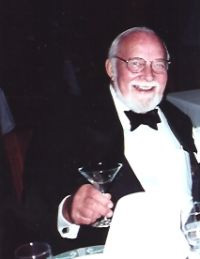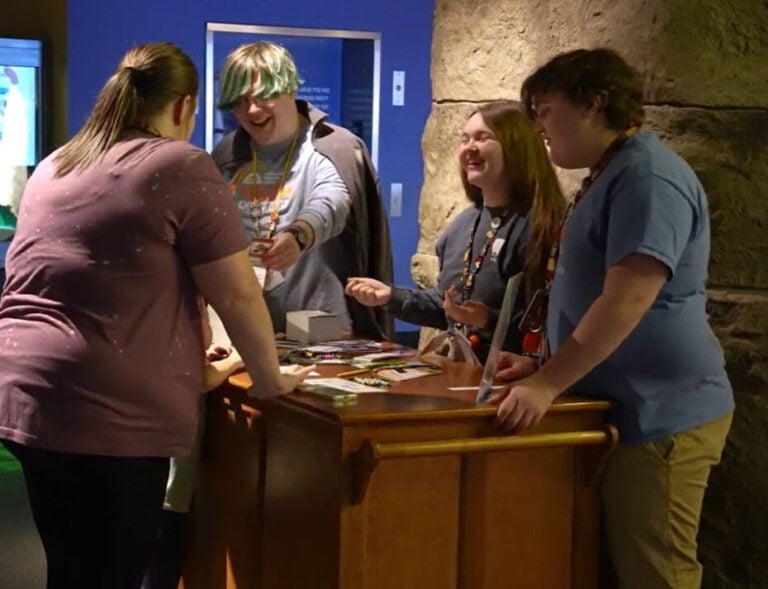
First in a series
by Paul A. Tenkotte
Special to the NKyTribune
On Thursday, September 24, last week, Pope Francis made an historic speech to the U.S. Congress, the first pope in history to do so. In it, he praised four Americans: Abraham Lincoln; Martin Luther King, Jr.; Dorothy Day; and Thomas Merton. All four resonate with me, and probably with many of you. So, I thought that I would spend this week, and the next several weeks, showing how each person had ties to our region.
Let’s start with Dorothy Day (1897-1980). Day was born in Brooklyn, New York. In her early years, she lived a rather bohemian lifestyle, and even had an illegal abortion. She was an ardent supporter of woman’s suffrage, socialism, and pacifism. After the birth of her daughter Tamar Teresa in 1926, she became increasingly attracted to Catholicism and converted the following year.
During the height of the Great Depression, in 1932, Dorothy Day met Peter Maurin, and the two became good friends. They founded the Catholic Worker movement, dedicated to helping the poor and homeless and to promoting the cause of labor unions, and legislation to help the working poor.
In 1952, Day published an autobiography entitled The Long Loneliness. Several years later, she joined other pacifists in protesting nuclear weapons. She became known for her opposition to the Vietnam War.
One of her most outspoken critics was Cardinal Spellman (1889-1967), Archbishop of New York, who opposed a 1949 gravediggers’ strike at Calvary Catholic Cemetery in Queens, disliked socialists, and defended Senator Joseph McCarthy’s witch hunt against Communists.
Years ago, I first met Patrick Flannery (1929-2008), a lawyer of Covington. He lived in a beautiful bungalow on Riverside Drive, with an enviable view of Cincinnati’s skyline. Flannery’s father had operated the old Flannery Hotel in Covington, where, as a child, young Pat met people from all over the nation. He attributed those experiences to making him such an extrovert.
Flannery was a Northern Kentucky institution. In the late 1960s, he was instrumental in saving Licking-Riverside from city hall’s proposal to bulldoze it into oblivion for modern highrise housing. But Flannery, a New Deal Democrat, was also a great admirer of Dorothy Day and of the Catholic Worker movement.
Shortly after meeting Flannery, I started receiving the Catholic Worker in my mail. Generous to all, Pat had subscribed me to the newspaper. It was so typical of him — you couldn’t help liking him. And I began to understand why he was so impressed with Dorothy Day and the Catholic Worker movement.

Pat’s mother-in-law was Mary Moser (1897-1987), who was born in the same year as Dorothy Day. During the course of the Great Depression, in 1935, Mary’s first husband, Ralph Moser, died. Needing to support her four children, she secured a job as a social worker at the Kenton County Welfare Department. In 1948, she became one of the founders of Catholic Social Services for the Diocese of Covington, dedicated to helping children, the poor, and the homeless.
Today, Cincinnati has three Catholic Worker houses. The St. Francis-St. Joseph Catholic Worker House at 1437 Walnut Street in Over-the-Rhine is the oldest of them. It dates to 1984, when Jim Mullen, a former bar owner, bought the residence to provide shelter for homeless men. Three years later, in 1987, Robert Steineman and Rev. Mark Schmieder opened the St. Joseph House of Hospitality at 528 E. 13th Street, also in Over-the-Rhine. In 1991, the two houses merged to become the St. Francis-St. Joseph Catholic Worker House. Currently, John Clark serves as Director of the facility, which has 16 beds and provides safe temporary housing for men hoping to get back on their feet.
Grace Place Catholic Worker House of Hospitality is located at 6037 Cary Avenue in Cincinnati. Established in 1999, it serves single women, with or without children. Grace Place is a member of CAIN, Churches Active in Northside.
The third facility is St. Lydia’s House in Norwood, established in April 2014. Its founders are Meridith Owensby and Mary Ellen Mitchell, who met years earlier in Atlanta, Georgia, while working with the Catholic Worker movement. St. Lydia’s provides housing for women and children, for up to 18 months. They can serve four families.

All three of the Catholic Worker houses in Cincinnati depend on donations to continue their good work. You can find their websites online at:
St. Francis-St. Joseph: http://www.catholicworkercincinnati.org/
Grace Place: http://www.cainministry.org/graceplace.html
St. Lydia’s: http://stlydiashouse.org/
Paul A. Tenkotte (tenkottep@nku.edu) is Professor of History and Director of the Center for Public History at NKU. With other well-known regional historians, James C. Claypool and David E. Schroeder, he is a co-editor of the new 450-page Gateway City: Covington, Kentucky, 1815-2015, now available at your local booksellers, the Center for Great Neighborhoods in Covington and online sellers.



















Pat Flannery was my neighbor when I was a child. He and his family were great neighbors and beautiful human beings. I enjoyed reading this article. As a child, I didn’t know of all his achievements. I only knew of his and Mrs. Mosher’s and Ann Flannerys kindness, generosity and warmth.